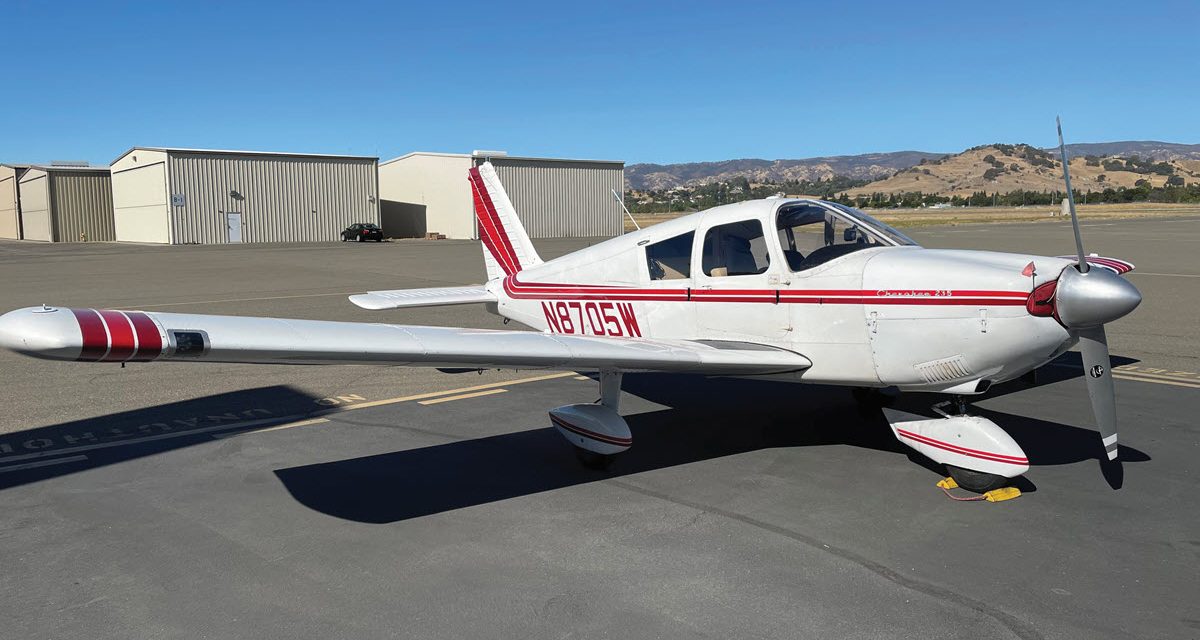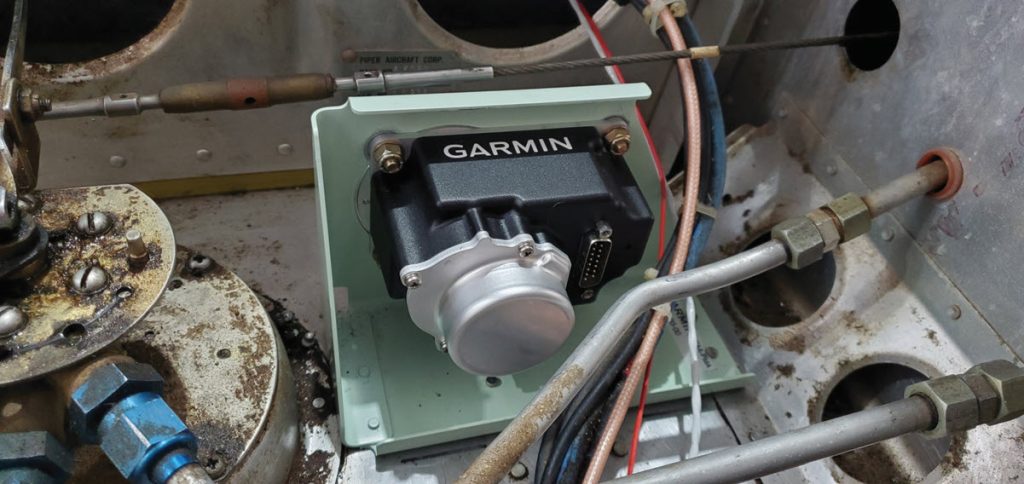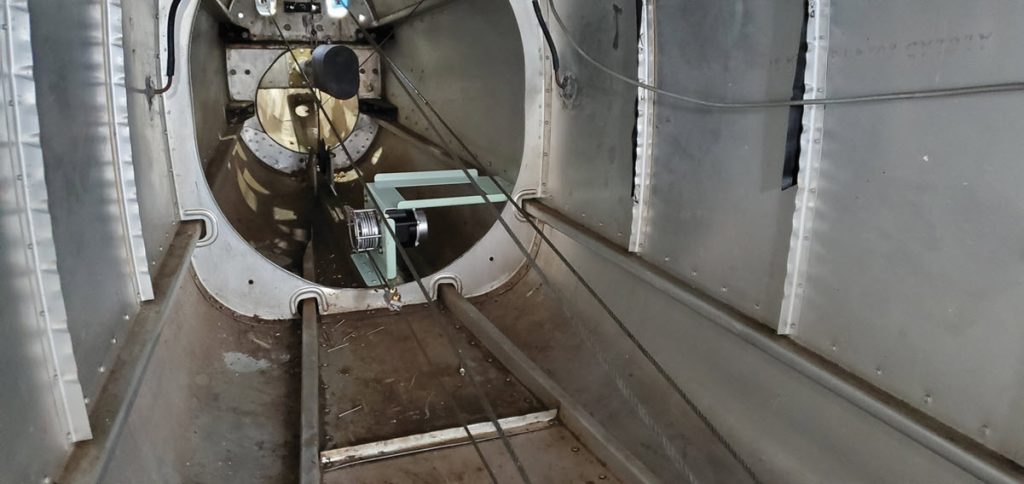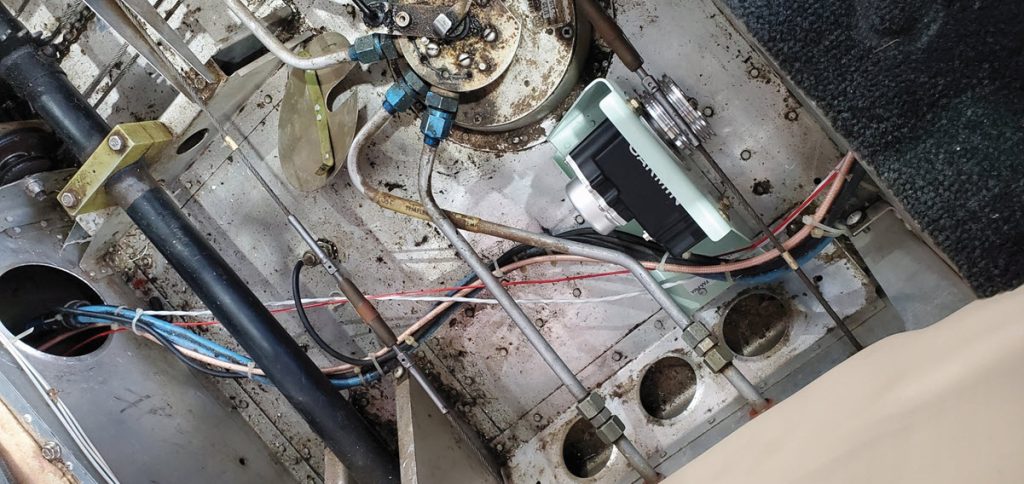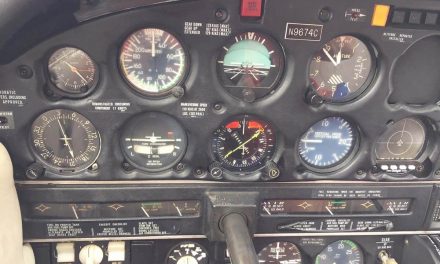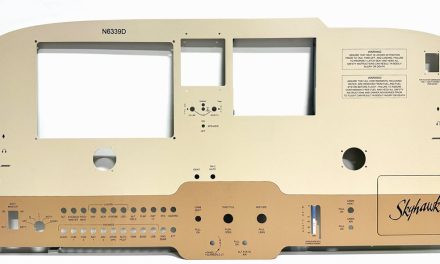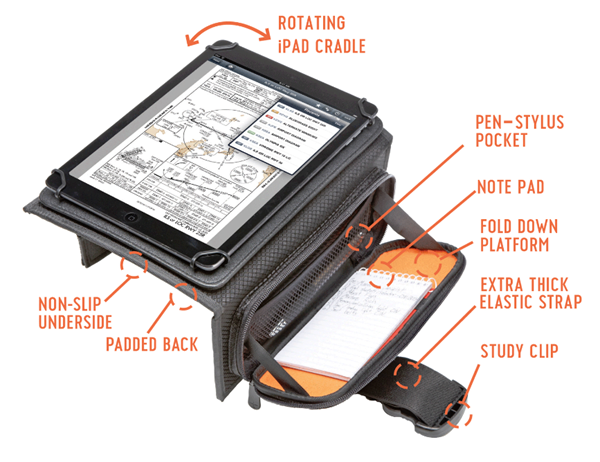1964 Cherokee Pathfinder Gets New Garmin Instruments and Servos
Joseph Smith-Steward, known as Joe8120 on the PIPERS member forum, recently posted an account of autopilot and avionics upgrades to his 1964 PA-28-235 Cherokee Pathfinder. The following is an article based on those posts, followed by a helpful sidebar compiled from related posts by one or our most prolific contributors.
Joseph had never flown with an autopilot before having a new one installed. “The previous one in my plane was a legacy Century that never worked correctly, so I never used it,” he said. Now that he has one, he’s planning to take full advantage of it for flying IFR when he gets certified. “I plan to be really careful using it and will plan the IFR training to fly the approaches with and without the autopilot to develop proficiency with either. I do appreciate the reduction in workload the autopilot provides during higher workload situations.”
But the autopilot wasn’t the only new addition to his ship. He decided to make a bigger investment with improved avionics as well. “The other avionics were ancient, and we decided to spend the coin to get the best setup for my IFR training and beyond.”
Joseph decided to use Av-Com Avionics at Columbia Gorge Airport, Washington State, to take on the project, and he is pleased with the result. The following photos capture the process step-by-step. Quotes in the captions are from Joseph.
The avionics and autopilot work showing a few of the GFC 500 pitch-and-roll servos under the back seat (first photo) and in the tail (second and third photos). There will also be pitch, trim, and yaw damper servos, as well, which aren’t installed yet.
The Post-Upgrade Test Flight
The plane needed a shakeout flight after the project was finished. So Joseph incorporated that into a carefully planned trip back to his home airport, putting the upgrades (and his own skills) through the paces on the way.
“To pick up my plane, I took my CFII with me, as the entire panel was new, and he has much more experience managing these systems. We flew to PDX (Portland International Airport), then took ground transportation up the Columbia Gorge valley to the shop. They were finishing up a few minor items, but they completed it that afternoon.
“On the way home, we had a route with several different waypoints, and each time there was a turn, we watched it carefully to make sure it was doing what it was supposed to do. As we proceeded, he gave me tips during certain phases of flight. I had not done any night flying since my private pilot training, so it was good that I had a CFII onboard. For me, I probably will treat future night flights as IFR, regardless of the weather.
“Everything worked fine on the way as we tested out the functions and features of the various systems. I had reviewed Garmin’s training app for the GPS series, so I was familiar with the way the menus flowed and presented information. It worked great, providing lots of options on how to present the screen and intuitive interface.
“The Connext interface worked flawlessly between the navigator and ForeFlight on my iPad. Any time we changed the routing on ForeFlight or on the navigator, the iPad annunciated to ask if we wanted to send or receive the new flight plan, depending on where the changes originated.
“As I didn’t get the larger 650 or 750 navigator, I don’t have the integrated GPS and radio nav in one box. The advantage was that I could save funds on the installation, as the shop could use the current center panel spaces with no cutting. The disadvantage is that I wanted to have a separate nav/comm for ILS, LOC, and VOR approaches, so I had to get a separate nav/comm (the 255) to replace the KX-155 for these procedures. It’s a simple matter of switching the nav source on the G5 to select either the GPS or the 255 as the source.
“The 255 has many features that my KX-155 didn’t have and, of course, it’s digital and can talk to the G5. But you have to switch the display between comm or nav with a push of a button, whereas the 155 displays nav and comm frequencies at the same time. It’s a minor issue, and I just need a little time to get used to it.
Select photo to open a pop-up slideshow
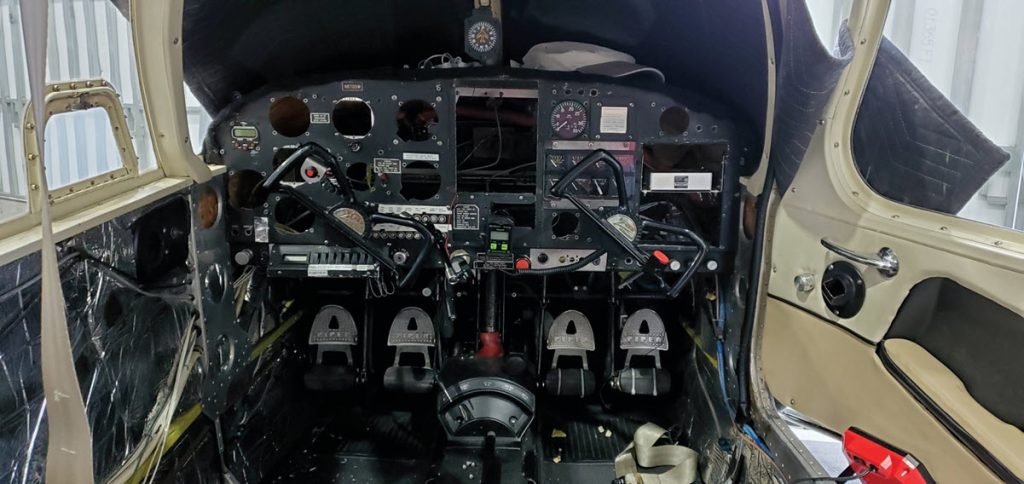

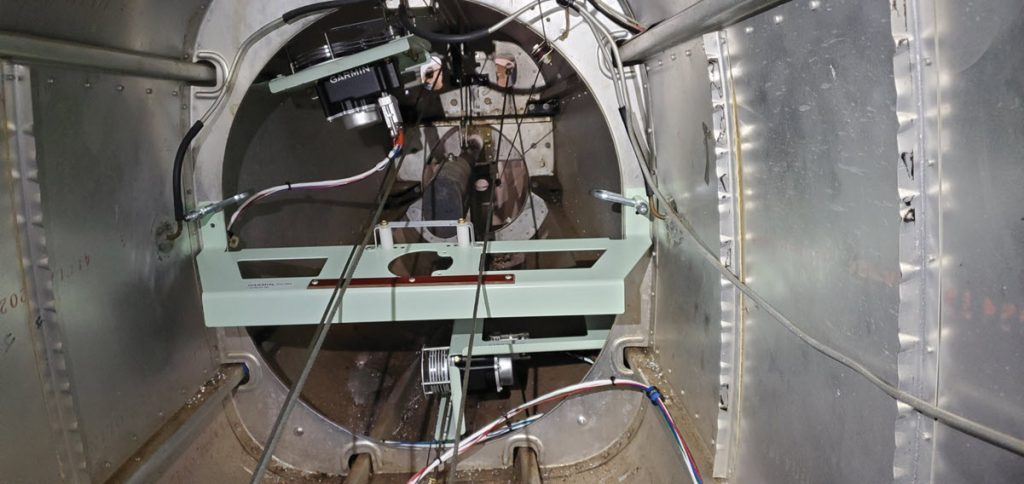
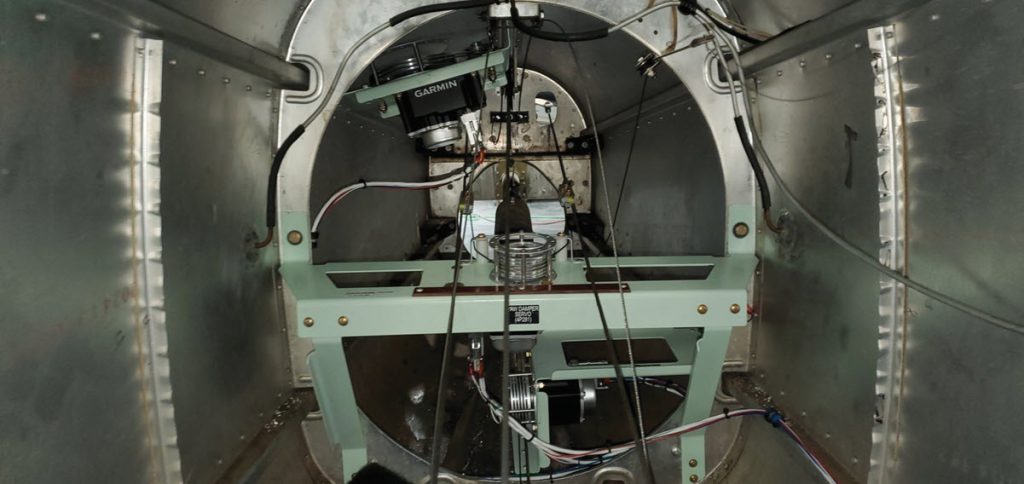
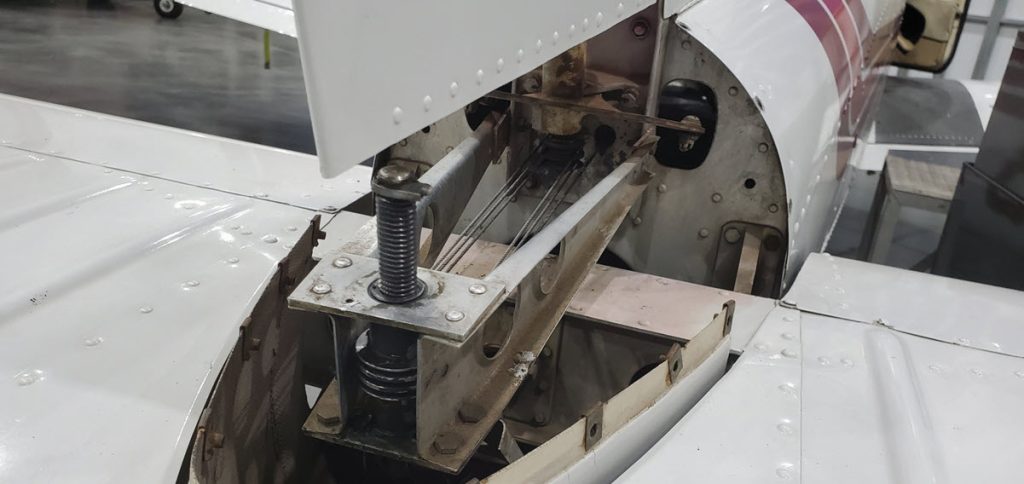
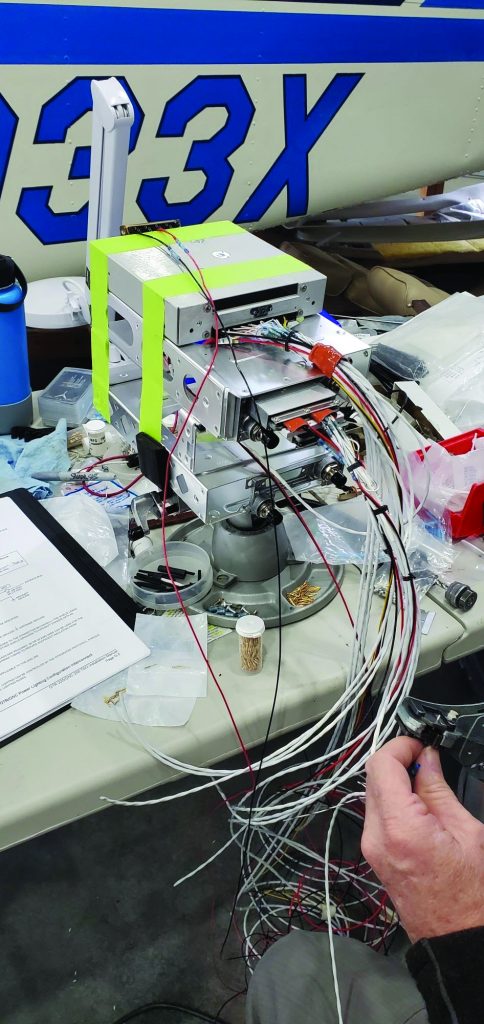
the standby vacuum system.
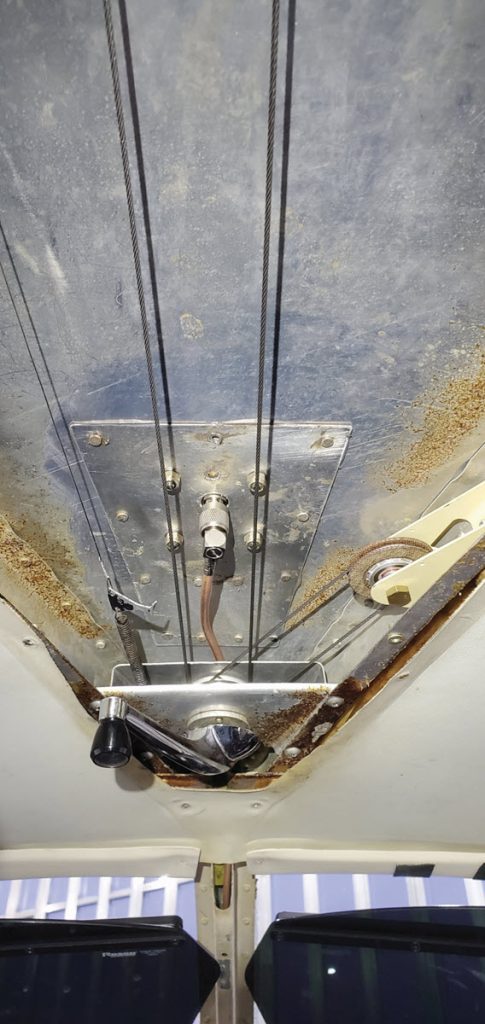
“The transponder is the existing GTX 327, so no change there. It worked fine, as usual.
“The KMA 24 audio panel was replaced with the PS Engineering 7000B. That was quite an upgrade from the KMA. It has an intuitive button interface. I wasn’t planning on the shop wiring up the included intercom wiring because I knew it was a big job (the 7000 is slide-in/pin compatible with the KMA), but they said it was fairly straightforward and included it for no extra labor cost. There was quite a difference in performance over the legacy unit. It has a very clear sound; it’s a real nice intercom. I finally have two radios, so I can transmit/listen to ATC on the GPS comm No. 1 and get weather, etc. on the 255 nav/com comm No. 2. It’s pilot bliss! I haven’t explored all the features yet, but it seems like a solid unit.
“Finally, the GFC 500 AP was a full four-servo installation, and I’ve documented the issues with the trim servo the shop had but resolved. It’s a fantastic unit in all modes. It held altitude rock solid with no deviation. Altitude capture also worked great. Turns on course were very smooth. Climbs were done with IAS mode with a minor issue on initial climbout that required a slight hunting on the airspeed sometimes but not a big deal.
“Coming back into the home airport, we set up a descent from 9,500 feet down to 1,500 feet 40 miles out and used vertical speed mode set at 500 fpm. We reduced rpm to about 2,000 and flew a rock-solid descent on course to capture 1,500.
“Because the home airport doesn’t have an ILS or RNAV approach, we could not test a coupled IFR approach. However, it does have software that will give an advisory VFR straight-in approach with lateral/vertical guidance just like an instrument approach. We tried this to give me some practice following the needles (in the G5 case, magenta diamonds on the lateral/vertical scales), while my instructor watched for traffic, etc. This worked fine.
“For our upcoming instrument training, I don’t have any doubt that the autopilot will perform well with coupled approaches. There is a flight director as well, which will give cues on the G5 from the navigator when flying approaches by hand in addition to the lateral/glideslope indicators.
“In summary, I’m very happy with the installation. The final piece will be the Electronics International 30P engine monitor and the 30C gauge replacement to replace the tach, oil pressure, oil temp, fuel pressure, and fuel tank level gauges, plus the functions of the existing JPI 700 (EGT, CHT, and fuel flow). Those units were built to the 235 specs and my A&P will install them this coming October.
“Since the install has been completed, I’ve flown nearly 40 hours of IFR training with my CFII and the new avionics. They work every bit as well as I anticipated prior to beginning this project. Hand flying approaches work very well using the indications from the navigator and the G5s. Where the avionics really come into their own is flying coupled approaches (and missed approaches to holds) with the GFC500 autopilot. It’s really an amazing system.”
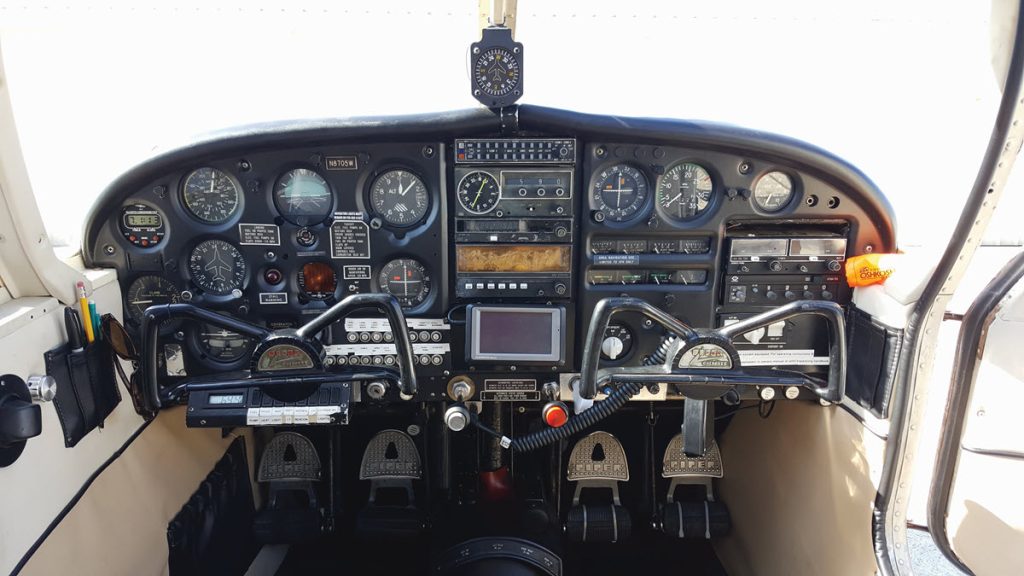
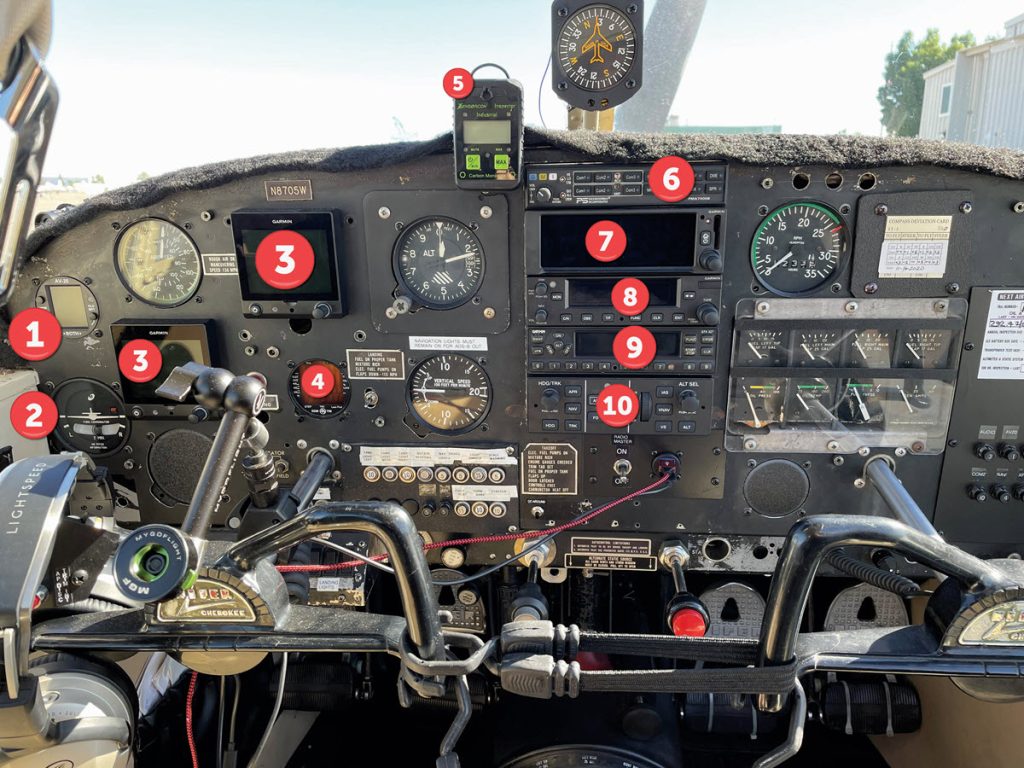
- uAvionix AV-20 MFD (clock replacement)
- Turn Coordinator retained due to STC for Grmin G5s
- Garmin G5s; top is configured as primary AI; bottom left G5 configured as DG/HSI
- JPI EDM-700 engine monitor (will be removed with addition of EI instruments)
- Sensorcon CO detector
- PS Engineering PMA700B audio panel
- Garmin GNC 355 GPS/comm
- Garmin GNC 255 nav/comm
- Garmin GTX 327 transponder
- Garmin GFC 500 autopilot
A FORUM CONTRIBUTOR’S INSIGHT
Frequent forum contributor Eric Panning offered helpful tips on adapting to upgrades and flying at night and in IMC.
“My advice for anyone when learning new avionics is doing as many things wrong as possible and understanding recovery,” he said. “This is so important, as often errors are made when you are already task-saturated in IMC. If there is confusion on the recovery you can get farther behind the plane.
“Recovery is maintaining positive control too —- not just recovering the avionics. For example, if you accidentally deleted your active flight plan out of your GPS, the right response is not frantically typing it back in. Make the system work for you. Call ATC to help you get back on track. A simple request will buy you the time you need to get the situation sorted out: ‘Center XYZ, N123 lost flight plan. Request vector to next waypoint.’ They will likely have you identify (even though ADS-B shows where you are), state the next waypoint and distance and give you a vector. Then you have time and bandwidth to input the rest of the plan. They are happy to provide services like this. It is much preferable to wondering why you have suddenly drifted off course. For autopilot systems, you should always know what it is going to do next and when it is going to do it.
“Night flight should be approached with caution. On a clear night with city lights, it is some of the most enjoyable flying out there. On a moonless night cross country over uninhabited areas, it is legal VFR in the U.S., but it’s essentially IMC. The longer you stare outside at distant city lights and lines of car lights, the more likely you will end up in an unusual attitude. When flying passengers, be selective on the weather you will fly in and flexible on time. When you have passengers in IMC, it’s a good idea to remind them to focus on the cockpit and maybe give them a small job to keep them occupied because if they’re not experienced, it may seem to them that you’re going too fast into a solid fog bank.”
Lessons Learned From the Upgrade
Moving the navigation, radios, and transponder to the center section from the far right of the panel makes it much easier to access these systems while flying.
The Garmin GFC 500 autopilot is the best addition to the new panel, by far, both for flying VFR and IFR.
The system coordination between the Garmin GNC 355 navigator and the two Garmin G5s is outstanding.
Swapping flight plans between my iPad running ForeFlight and the Garmin GNC 355 navigator is simple and extremely useful.
Complete any desired upgrades all at once rather than piecemeal. The addition of two Garmin G5s was an initial upgrade I had another shop complete. It would have ended up less expensive overall if I had included this installation along with the other items.
Upgrade your autopilot, especially if replacing a legacy autopilot (mine was inoperative). Garmin’s GFC 500 autopilot has transformed my flying, especially while I train for the IFR rating. It is a fantastic system for those high-workload situations found in IFR flying, as well as reducing fatigue on long VFR cross-country flights.
Consider adding both yaw damper and auto-trim options when looking at autopilots. Garmin offers both for the GFC 500.
Consider upgrading your nav/comm. Replacing my failing KX-155 with the Garmin GNC 255 nav/comm was worth it, since I can shoot ILS/VOR approaches. Plus it gives me a second radio to get airport weather without having to switch frequencies on the GPS/comm.
Avionics upgrades typically take more time than initial estimates. I found our installation to be fairly trouble free, and yet it still took two to three weeks longer than first anticipated. Also, I found that installation slots at most shops to be many months into the future, so plan accordingly.
Seek the advice of other pilot/airplane owners (online forums or in-person). Being a new plane owner, I found this advice invaluable as I planned the upgrades.
IT’S YOUR TURN
Have an upgrade or restoration to share
with your fellow Piper owners? Email us
at editor@piperowner.org

